Tokyo Icons
The Imperial Palace
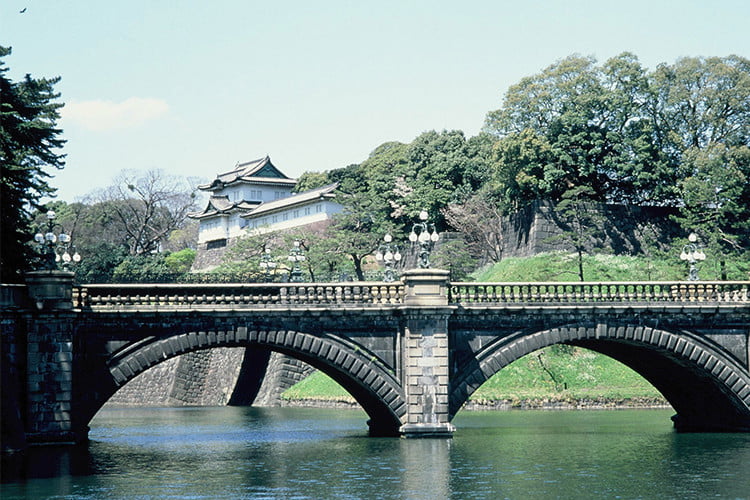
The Imperial Palace is where the emperor and empress reside. The outer garden, east garden and Kitanomaru Garden are open to the public without charge. Reservations are required to visit the area around the palace itself. A favorite photo opportunity is before the Nijubashi Bridge, the east garden when flora are in bloom, and the Chidori-ga-fuchi moat for April cherry blossom viewing.
TOKYO SKYTREE®
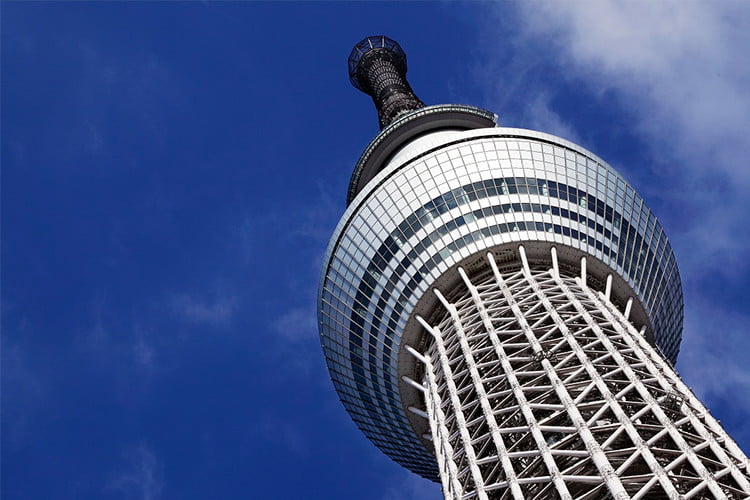
Tokyo Skytree® is one of the iconic landmarks of the Tokyo skyline, and the highest freestanding tower in the world, at 634m. Tokyo Solamachi® features over 300 establishments, including a planetarium (in Japanese), cafés, restaurants and a spiral corridor, 450m up.
Tokyo Tower
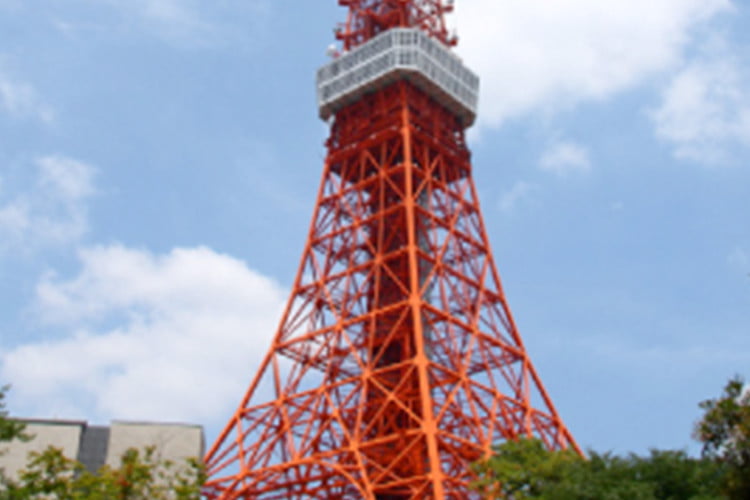
Tokyo Tower (1958) remains a beloved city icon. Taller than the Eiffel Tower in Paris by 13m, but lighter by 3,000 tons, some 34,000 liters of paint covers the structure. Lit by 180 floodlights, the Tokyo Tower remains the classic symbol of the city.
Sensoji Temple
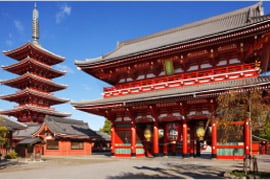
Established in honor of the bodhisattva Kannon in the 7th century, Sensoji Temple in Asakusa is the oldest temple in Tokyo. Local souvenirs can be found on the Nakamise shopping street approaching the temple, and rickshaws are available for guided tours of the Edo period neighborhood.
Meiji Jingu Shrine
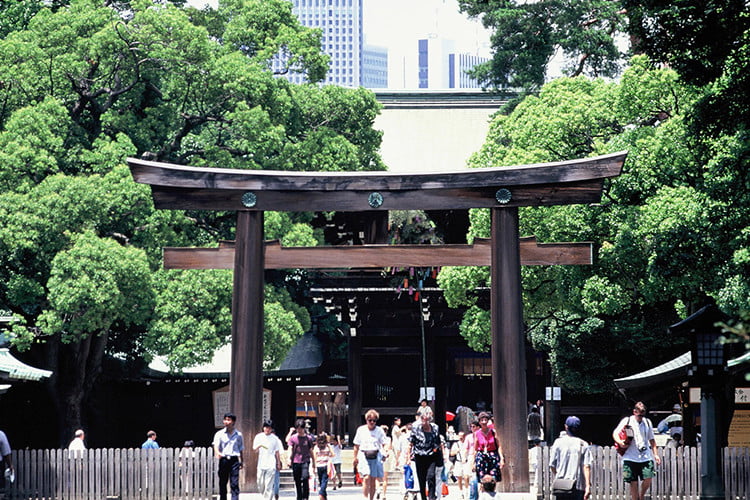
170,000 trees of some 234 species of grow around Meiji Jingu Shrine. Dedicated to Emperor Meiji (1868 – 1912) and Empress Shoken, the emperor supposedly designed the garden for his wife. The cypress wood torii gate at the entrance is over 1,500 years old.
Kabukiza Theatre
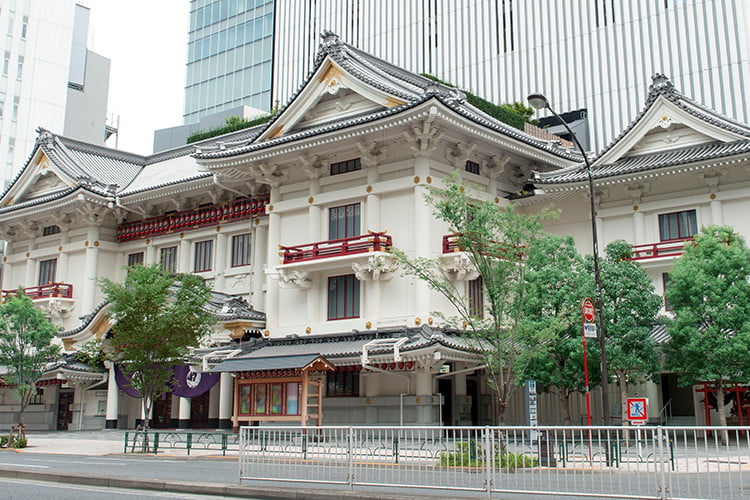
Established in 1889, the theatre complex newly designed by Kengo Kuma opened in 2013. Few changes were made to the classic structure, but more seating was added, and the theatre is more accessible. Enjoy the dramatic art of kabuki here, with English captioning available.
Art / Museums
Mori Art Museum
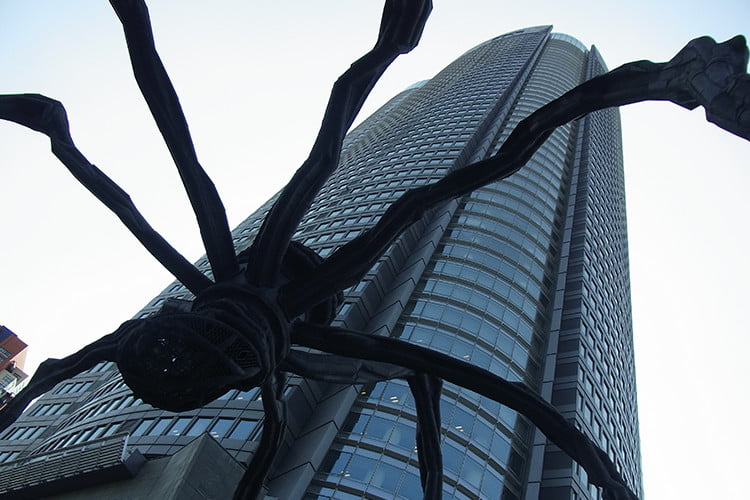
Mori Art Museum is located on the 53rd floor of the Mori Tower. It aims to take the lead in introducing the newest art from Asia and other regions of the world, with a key emphasis on the concepts of being contemporary and international.
Tokyo Metropolitan Edo-Tokyo Museum
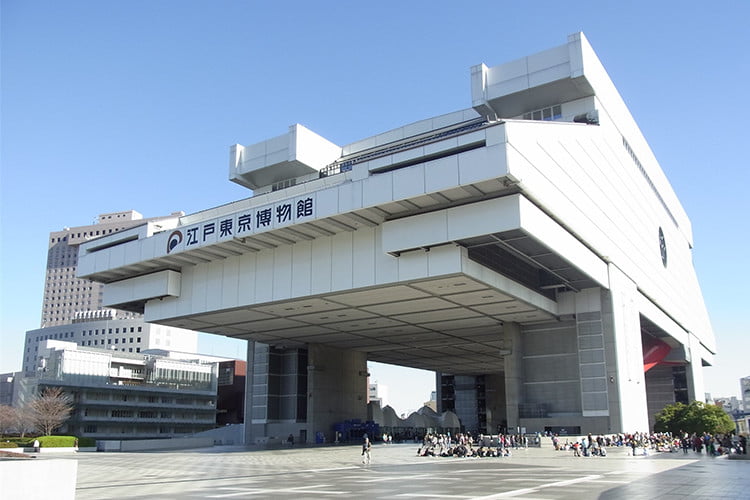
Edo-Tokyo Museum has a replica of the Nihombashi Bridge leading to the permanent exhibit covering more than 400 years of history. Special exhibitions serve as projections into living in the future.
*Closed for renovation from October 1, 2017 to March 31, 2018.
Tokyo National Museum
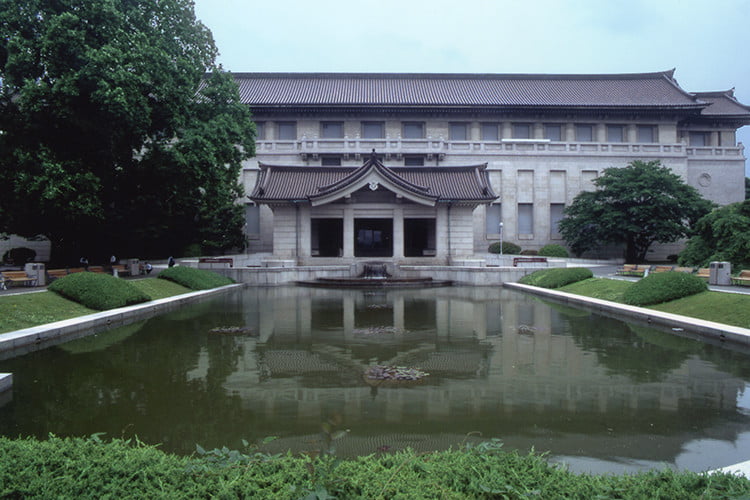
Tokyo National Museum holds a collection of some 116,000 works, including painting, calligraphy, sculpture, archaeology and examples of the decorative arts, of which 4,000 items are exhibited at any one time.
The National Art Center, Tokyo
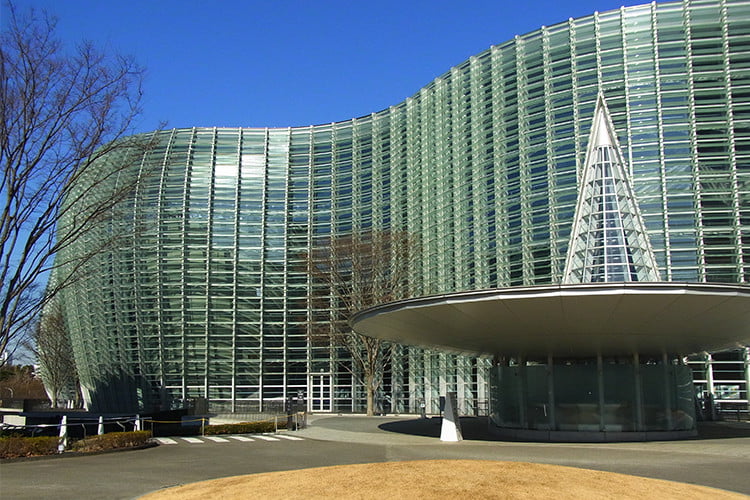
The National Art Center, Tokyo, is a unique and innovative art exhibition facility, one of the largest in Japan at 14,000 square meters. Along with various art exhibitions, the center promotes outreach activities through educational programs, along with a library.
Nezu Museum
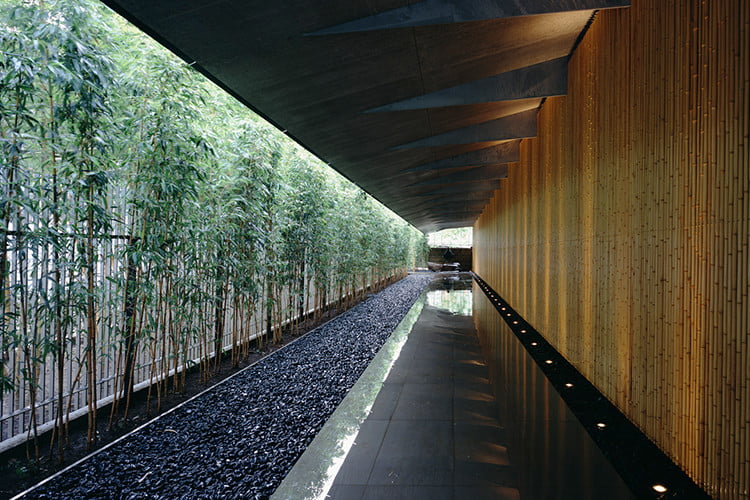
Designed by Kengo Kuma, the Nezu Museum reopened in 2009. Its collection aims to encourage this generation to experience the beauty of the past, while preserving its legacy into the future.
Museum of Contemporary Art Tokyo
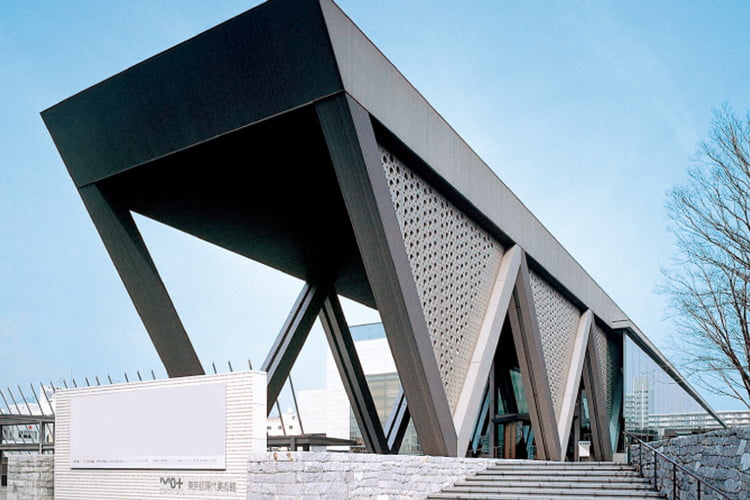
With themed exhibitions based on its 5,000 pieces and regular special exhibitions, the Museum of Contemporary Art Tokyo offers various angles on modern art.
*Currently closed for renovations.
Mitsubishi Ichigokan Museum
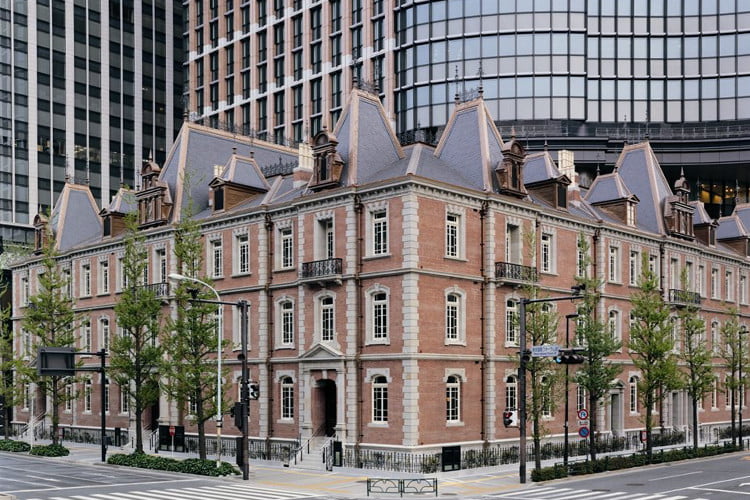
Reopened in 2010, the design of Mitsubishi Ichigokan Museum remains unchanged since 1894. Focusing on the late 19th to early 20th centuries, its exhibitions focus on the interaction between art and cities in the modern age.
Japanese Gardens
Hama-rikyu Gardens
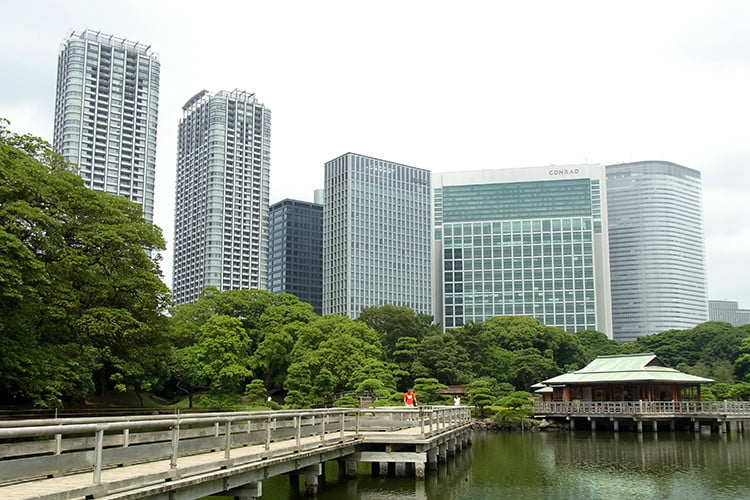
Hama-rikyu Gardens are located at the mouth of the Sumida River, with entrances at the Otemon Gate (Shimbashi) and Nakanogomon Gate (Shiodome). There is a teahouse and a tidal pond, common elements of a feudal lord’s residence.
Shinjuku Gyoen National Garden
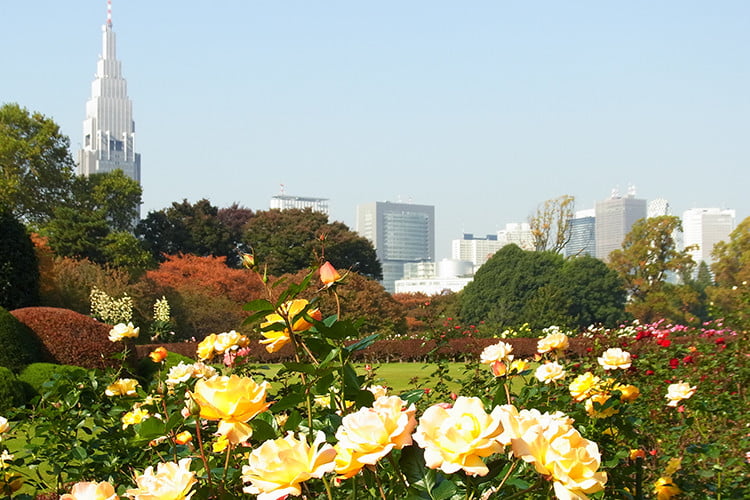
Built on the site of the private mansion of the Edo period feudal lord, Naito. French, English and Japanese styles of gardening are a special feature of this park, making it one of the most important gardens of the Meiji period.
Rikugien Gardens
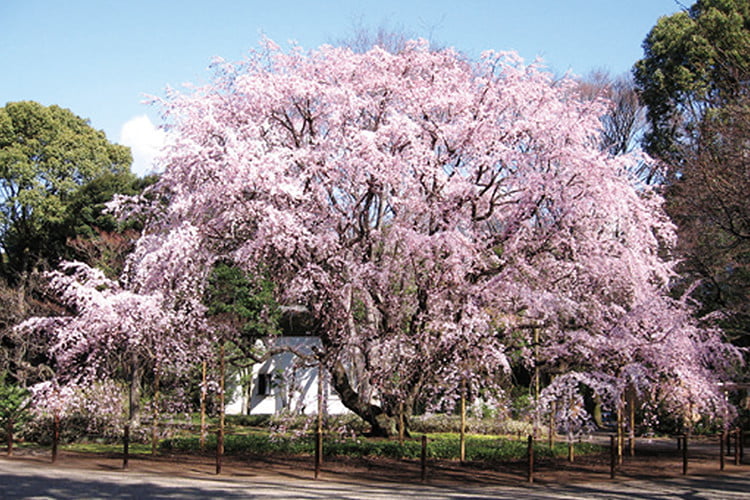
Centering on a network of pools amongst a hilly landscape, this Edo period (1603 – 1868) garden includes some 34,000 trees. The weeping cherry tree is stunning in spring, while the Meiji period (1868 – 1912) teahouse and small stone island add to the beautiful scenery.
Koishikawa Korakuen Gardens
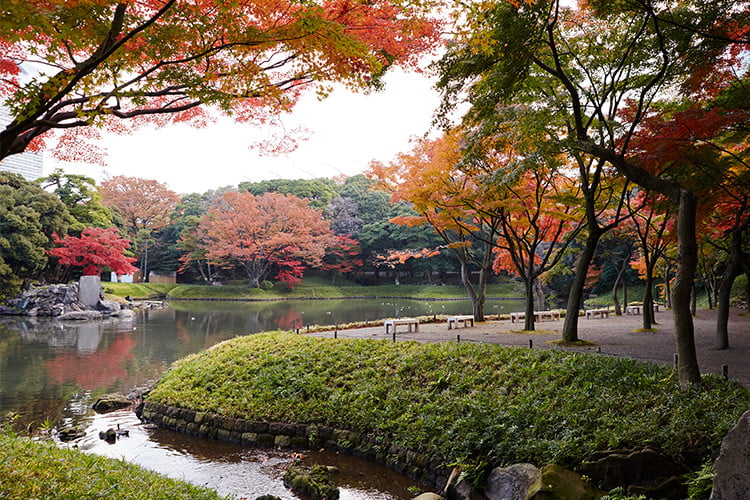
Koishikawa Korakuen Gardens are some of Tokyo’s oldest, created in the 17th century. It has a distinctly Chinese style, with a network of paths around a central pool, and an unusual “Full Moon” Bridge. Beautiful in any season, the autumn leaves are particularly stunning.
Fashion & Architecture
Mikimoto Ginza 2
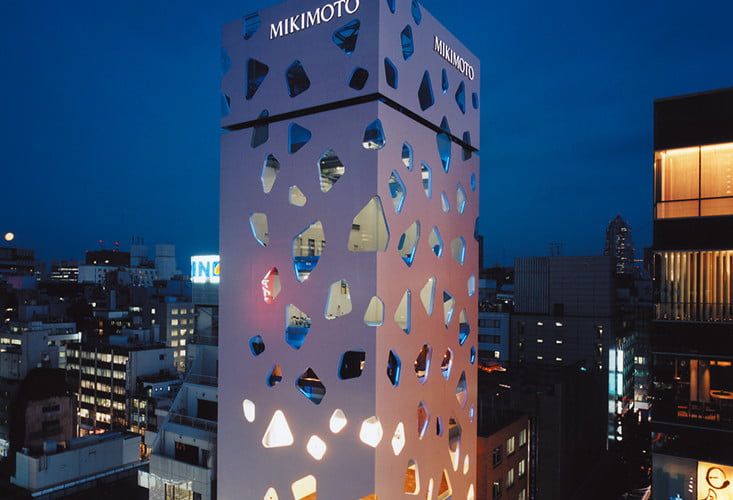
Mikimoto Ginza2 (Toyo Ito) is a nine-story building in Ginza housing Mikimoto jewelry, along with a cosmetics salon and restaurants. The prominent exterior shines with a pink tone like a pearl.
Ao
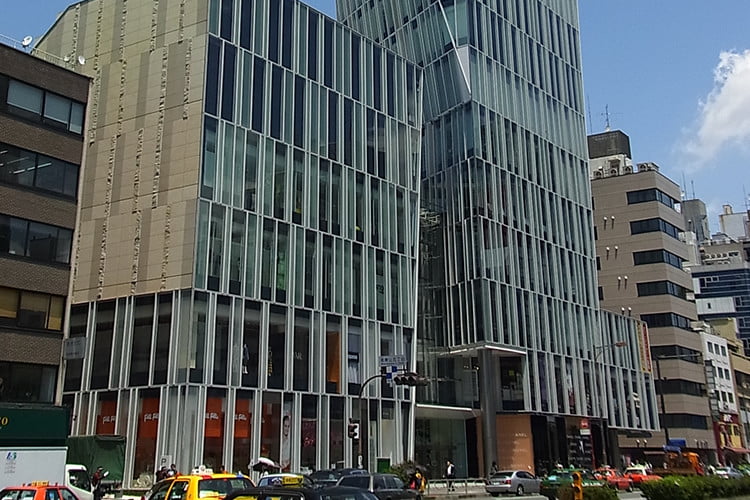
Ao is the landmark building in the Aoyama area, built to pursue a higher standard of living. Its appearance differs depending on the angle, and at night it is illuminated by LED lighting incorporated into the outer structure of the building.
Prada Aoyama
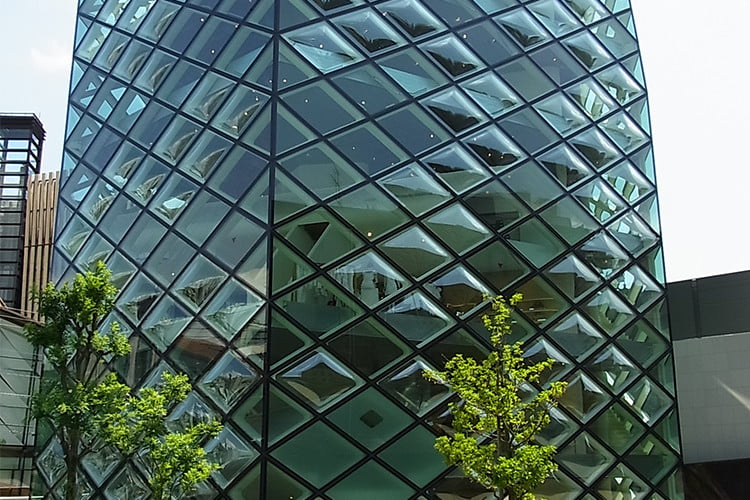
Prada Aoyama (Herzog & de Meuron) is a six-floor, five-sided polyhedral structure, taking in the surroundings. Steel defines the three cores, horizontal tubes and diagrid external frame. The windows are a variation between flat and transparent, convex, concave or etched.
TOD’S
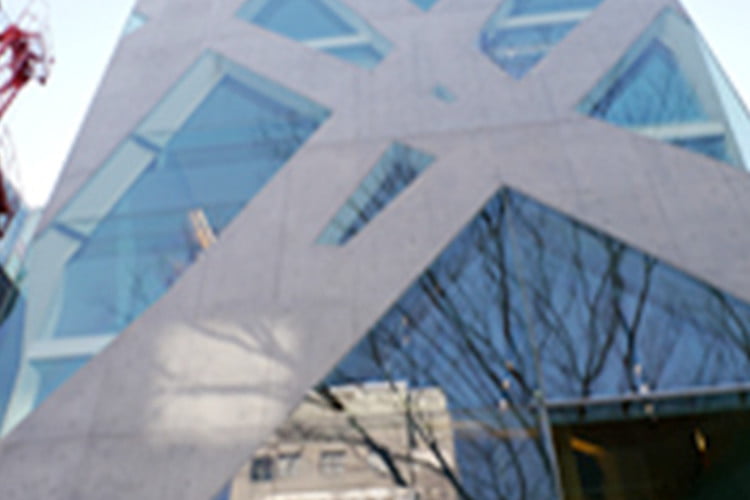
TOD’S (Toyo Ito) in Omotesando is a slender, L-shaped structure that fits right in along the tree-lined wide street. Sharply angled concrete long beams seemingly wrap the exterior composed of polygonal glass plates over the Italian shoe store’s surface.
Shopping
Shibuya
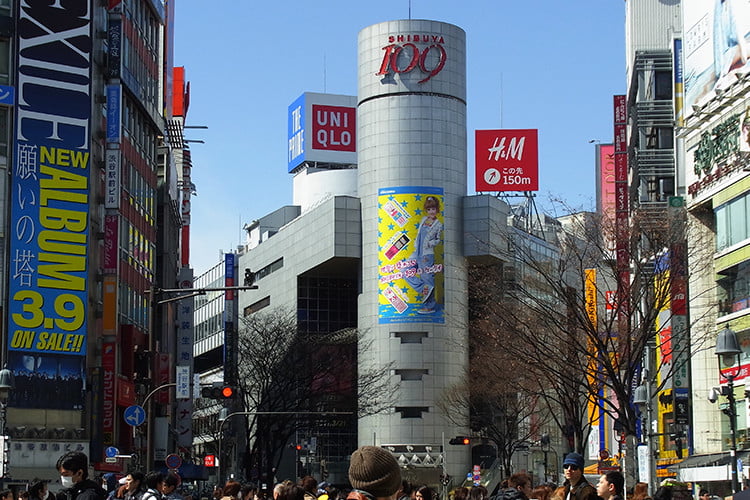
Shibuya remains a youthful, trendsetting fashion district. The latest building is Shibuya Hikarie, with its theater for overseas musicals, retail, and restaurant space covering 11 floors.
Shinjuku
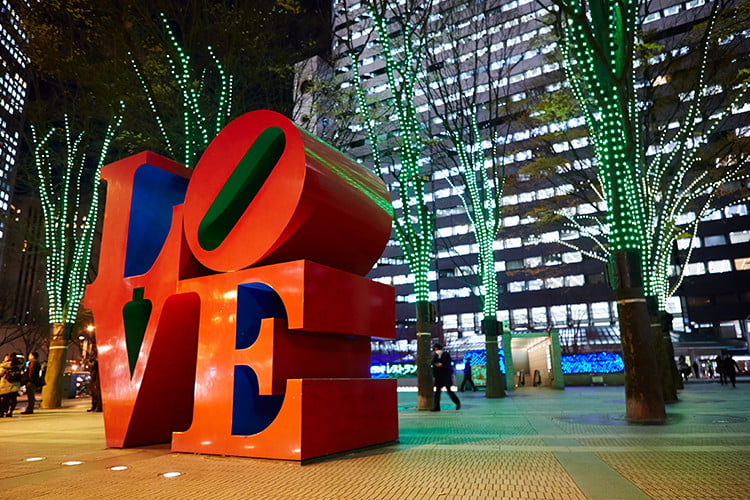
The world’s busiest station is also a shopper’s paradise, with the Keio, Odakyu and Isetan department stores all a short step from the station.
Ginza
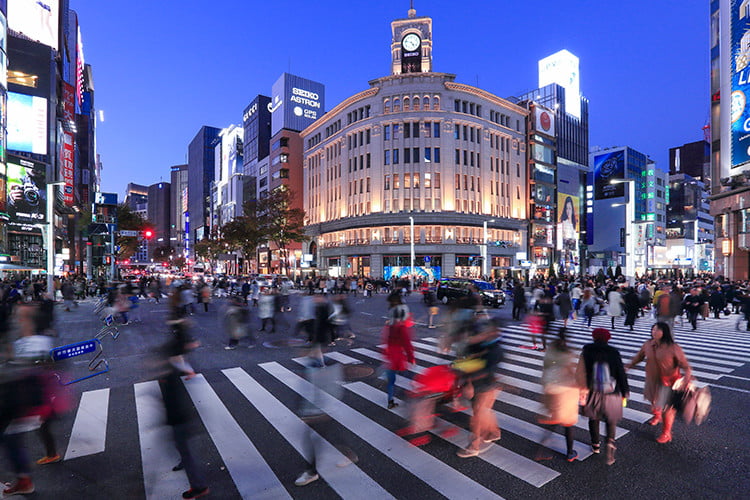
A fashion paradise in the heart of Tokyo, Ginza has several long-established department stores, such as Matsuya (1925), Mitsukoshi (1930) and Wako (1932). However, it is also known for new developments such as Ginza Six and Tokyu Plaza, making Ginza an exciting blend of old and new, and one of the most fashionable places in Tokyo.
Akihabara
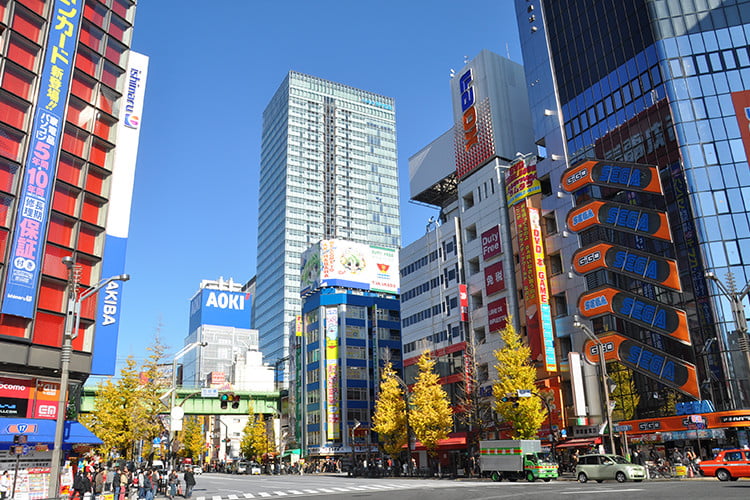
Akihabara remains Tokyo’s Electric Town and also the center of Japan’s otaku anime and manga culture. Hundreds of outlets have staff who are multilingual, and duty-free shopping options.
Roppongi
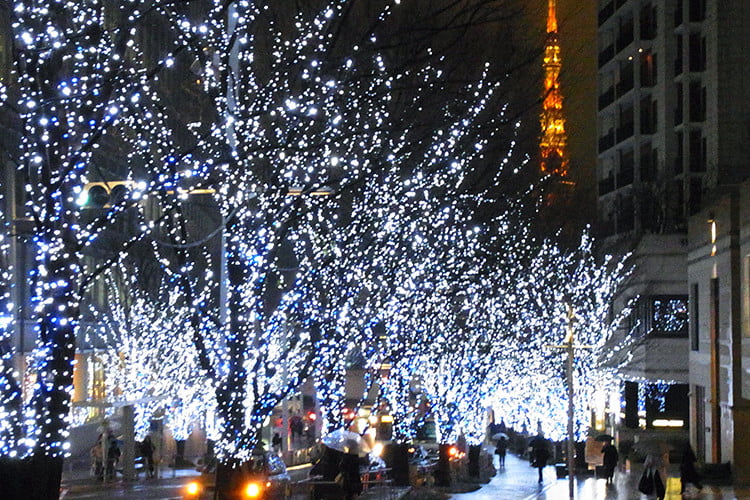
Roppongi is an international district famous for its shopping. Roppongi Hills features over 200 restaurants and cafés, with boutiques, event spaces, art museums, a cineplex and even an observation platform. Tokyo Midtown, located nearby, is set in natural greenery and its central theme is spacious urban living.
Odaiba
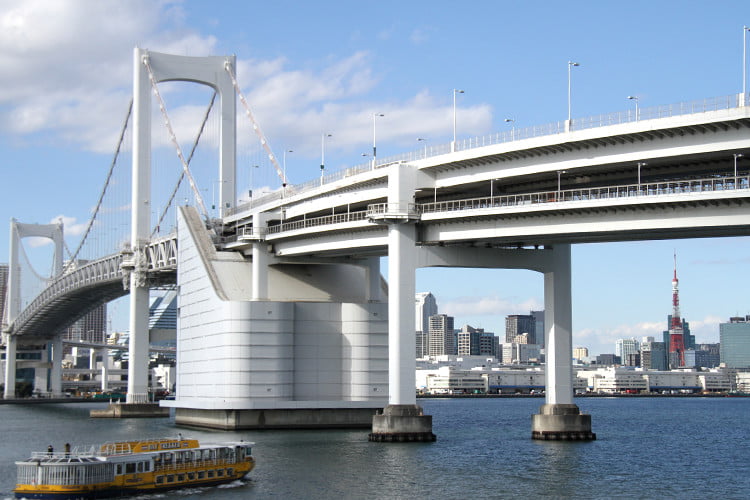
Odaiba along the waterfront has DiverCity Tokyo Plaza, Aquacity, and DECKS that offer floors of global brand boutiques, themed restaurants, indoor entertainment spaces, a Cineplex and spectacular views.
High Tech
Miraikan, National Museum of Emerging Science and Innovation
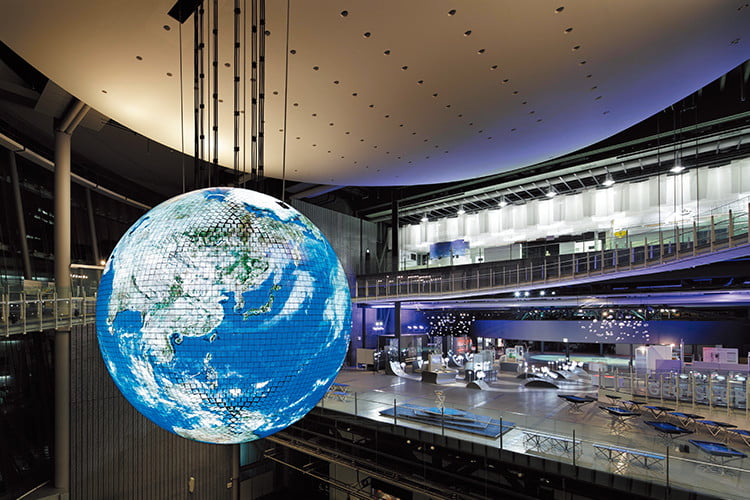
On the waterfront, Tokyo Miraikan is home to the Museum of Emerging Science and Innovation. Meet ASIMO the robot, and explore the frontiers of our universe through interactive exhibitions. Learn about sustainable living at Panasonic Center Tokyo, and visit the Nintendo game center to explore the world of science and math.

